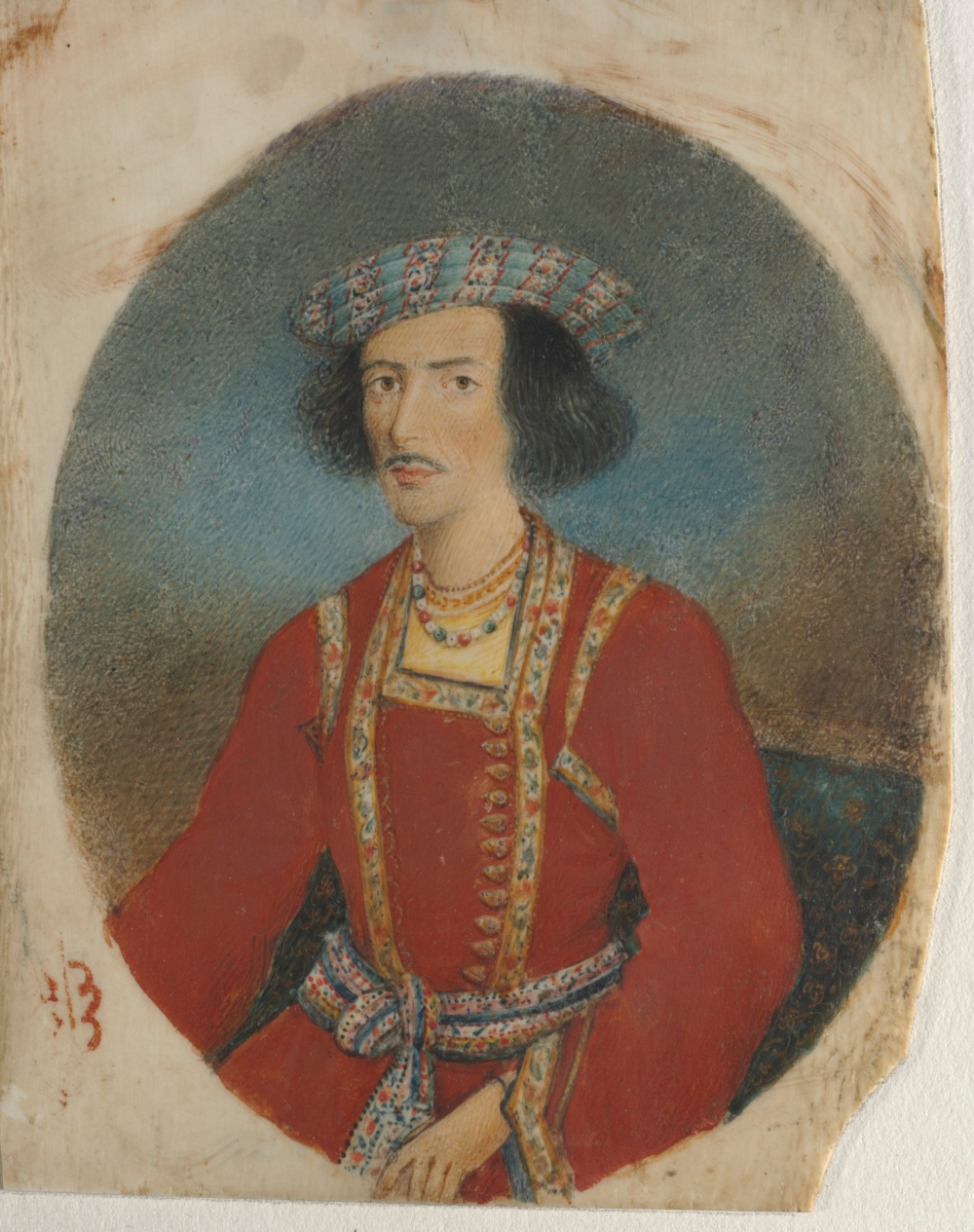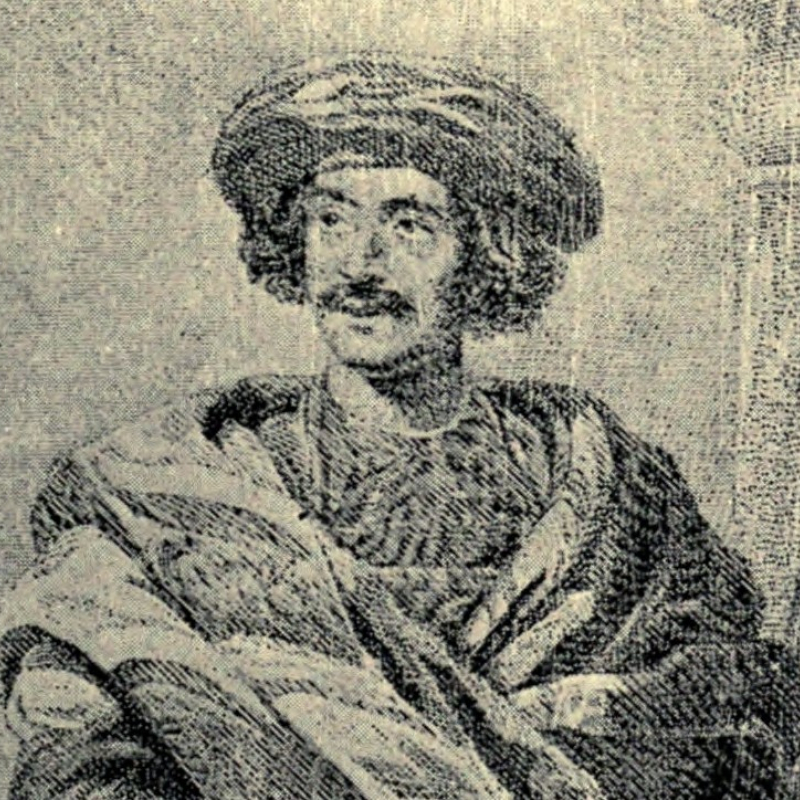In May 2019, Raja Rammohun Roy was accused of being a ‘chamcha’ of the British and an anti-Hindu advocate. We look at how Roy was, perhaps, the first feminist in India and very much a Hindu, but of a different kind from those now claiming to more authentically represent Hinduism. (Photo Courtesy: Sastri, Sibnath, 1847–1919 [Public domain])
We are now witness to a cultural revolution in this country which, in its breadth and implications, may prove larger and more far-reaching than its political counterpart. This revolution appears to be based on the premise that anything not Hindu in origin or practice is suspect and ought to be expelled from the Indian public mind. Only a few days after Bengalis were accused of treating Vidyasagar as their ‘holy cow’ came even more sinister charges levelled against Raja Rammohun Roy—of being a ‘stooge’, more colloquially a chamcha, to the British, and of subverting Hindu culture by aiding the legal abolition of sati. A tweet from a well-known scholar even hinted at the title of Raja being conferred on Roy for unthinkingly playing into the machinations of the British. The author of this message also found Roy guilty of misleading the Bengalis as a community.
Also Read | Bankimchandra Chattopadhyay and Renascent Bengal
Though a Bengali Hindu by birth, my own penchant is to see Roy not as a Bengali, nor as a Hindu, but as a truly cosmopolitan figure, a global citizen, who argued for political liberty, civic freedom and social justice for all humanity, using the Enlightenment tool of universal reason. When travelling to France in 1832, he was puzzled by the official requirement of a visa and argued instead for a world without borders, for free trade in men and ideas. Some 10 years earlier, he hosted a party in Kolkata after hearing about Neapolitan rebels wresting control from Austrian rule. Roy was against press censorship, protesting against the East India Company’s Juries Bill in 1826 (which came into effect in 1827), which unjustly precluded the recruitment of Indian jurors when trying European offenders. In 1809, he petitioned the then Governor General of India for redressal against a high-ranking British official, Sir Frederick Hamilton, who had subjected him to racial slurs and indignity.

Roy was a fearless and self-respecting man, and had great respect for women, making it a point to stand up whenever a lady entered his room, and also advocating for a woman’s right to receive a share in ancestral property. He was, perhaps, the first feminist in India. This quality arrived neither from his exposure to the West nor from him currying favour with the English ruling class. It derived largely from his training as a tantrik, a tradition hinging on revering the ‘female principle and her manifestation’ in every woman. This was subsequently bolstered by his copious reading of monistic Vedanta and his larger interest in world-historical events.
The trouble with recent tweets calling into question Roy’s anti-sati campaign is that they are not based on established historical facts. There is a reference to the practice of sati even in the Mahabharata; to call it an institution meant to counter ‘Mughal’ maltreatment of Hindu women is utterly baseless. Likewise, so is the allegation of Roy being an anti-Hindu reformer and a champion of Unitarian Christianity. Together with some Christian evangelists, Roy was perhaps among the first to confer upon a loose collective of religious ideas and practices the label of ‘Hinduism’. In colonial India, this eventually made possible—at least in theory—a unified Hindu identity.
Also Read | Swami Vivekananda and the 'Woman Question'
His siding with Unitarianism had two important dimensions: his doctrinal critique of Trinitarianism represented by the Baptists of Serampore, and the acknowledgement of Unitarianism as a more rational and responsible religion with its active involvement in social reform issues. Rather than siding with orthodox Christians, Roy produced three tracts (1820–22) which portrayed Christ more as a moral figure than a religious one. This so angered the Serampore Baptists that they stopped publishing Roy’s tracts. An interest in Christ and Christianity proved to be quite pervasive among the modern Hindu intelligentsia. Vivekananda translated Thomas à Kempis’ Imitation of Christ and M.K. Gandhi had a lifelong interest in the ethical discourse of Christ.
Roy was very much a Hindu, but of a different kind from those now claiming to more authentically represent Hinduism. After all, it was as a Hindu that he anticipated Vivekananda in the Vedantic revival that so deeply stirred the Hindu imagination in modern India.
This article was also published on TheWire.in













